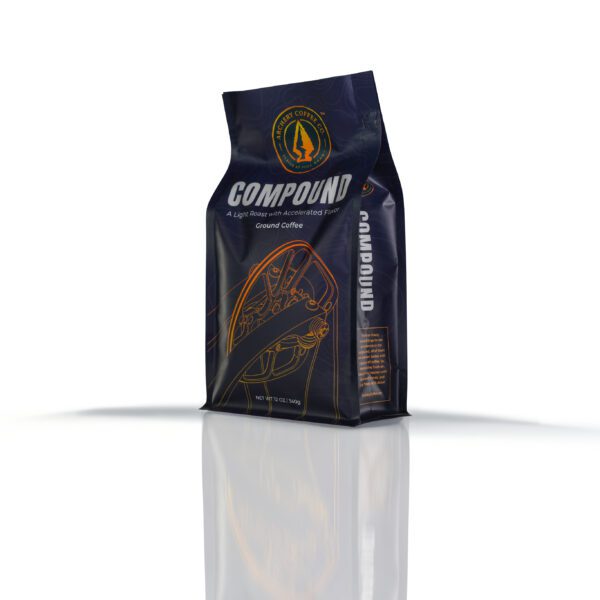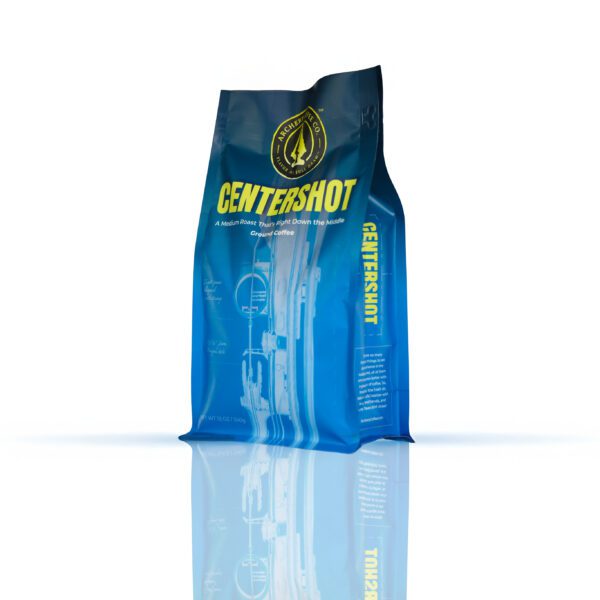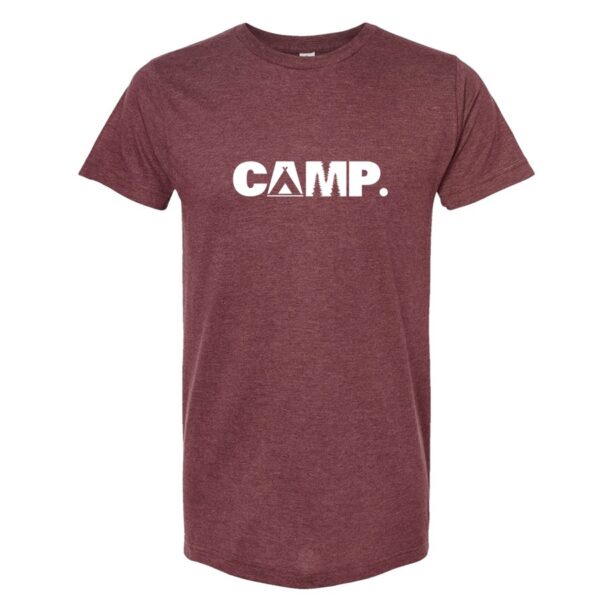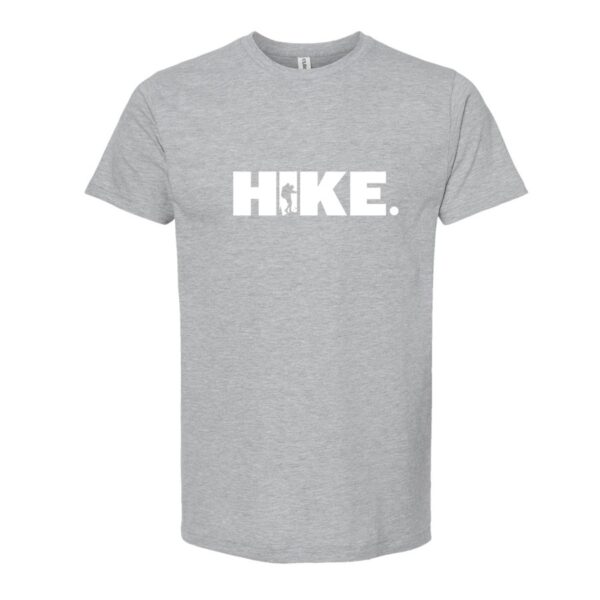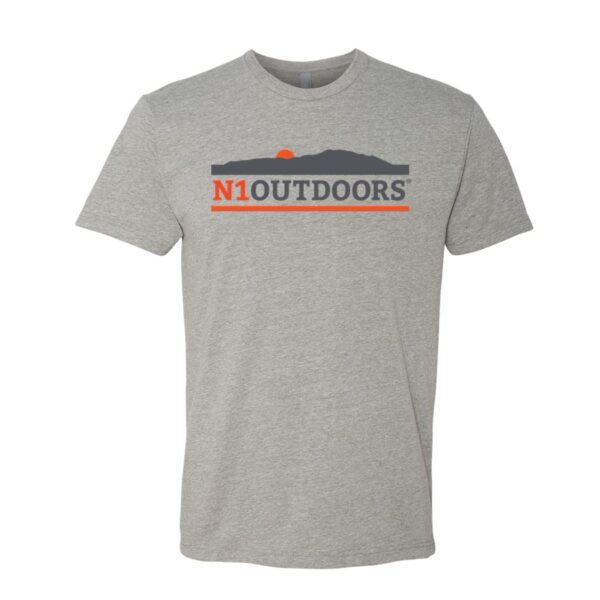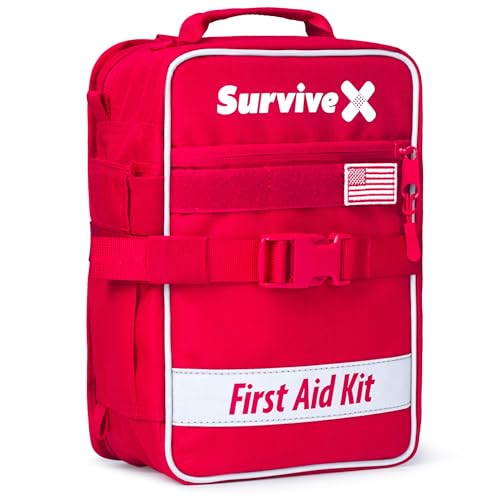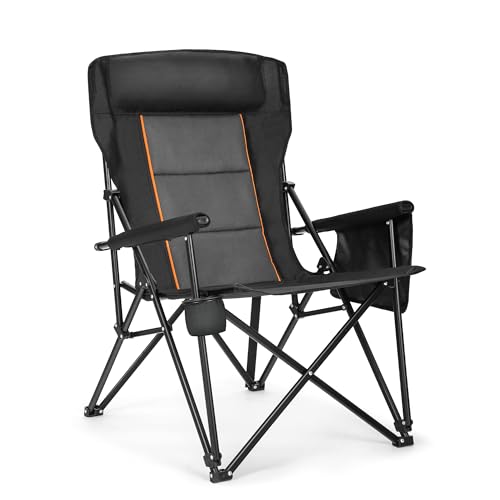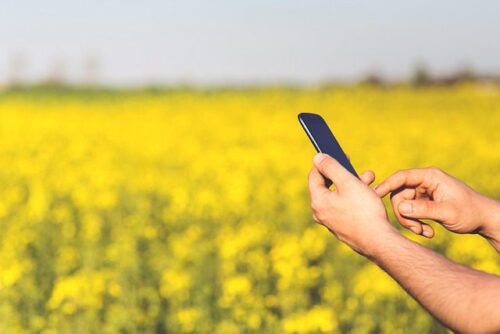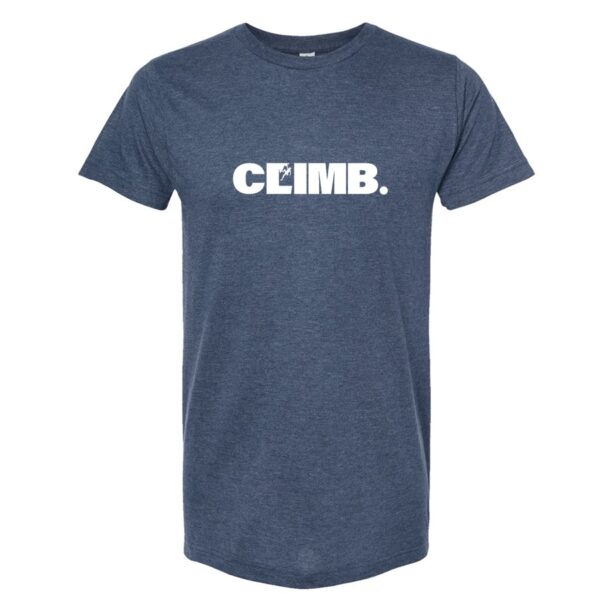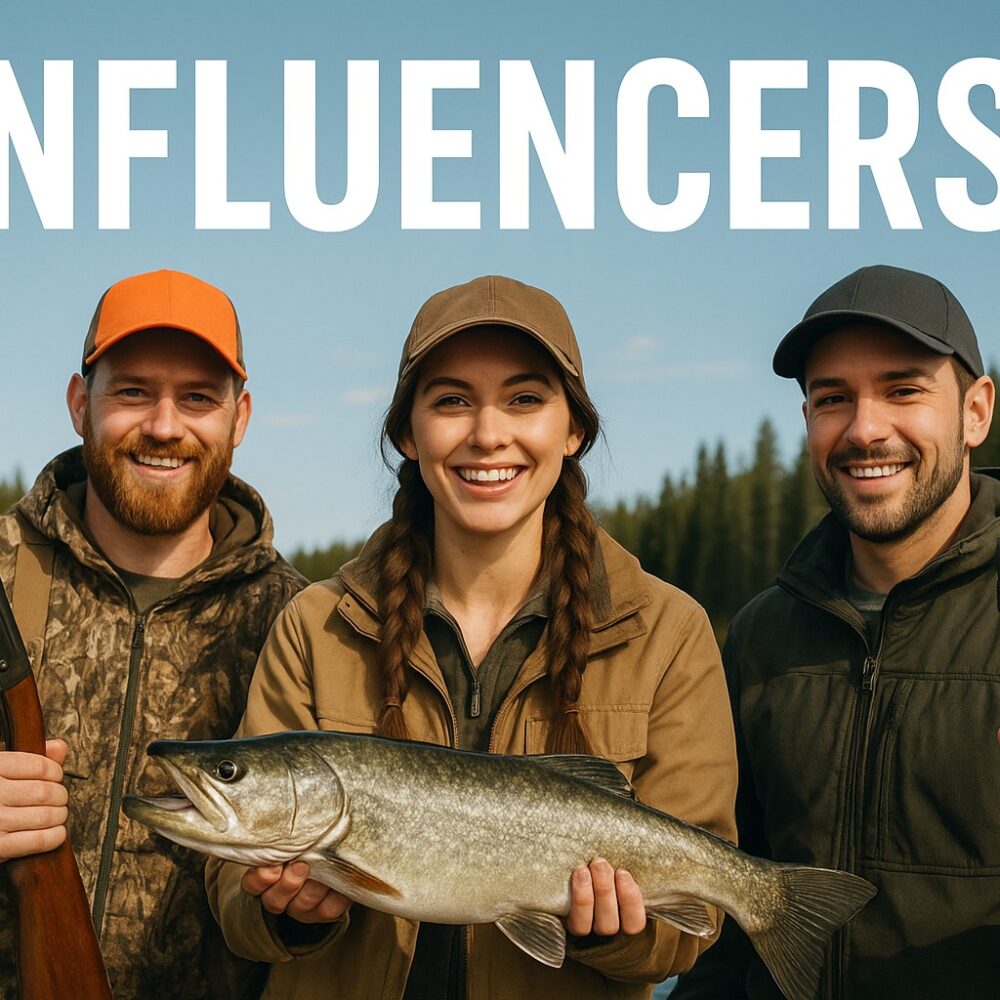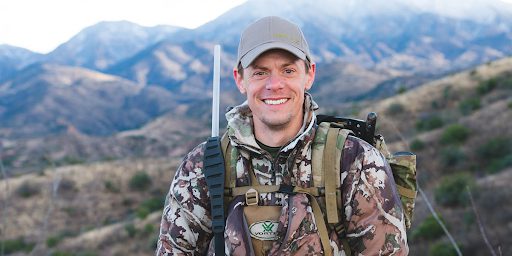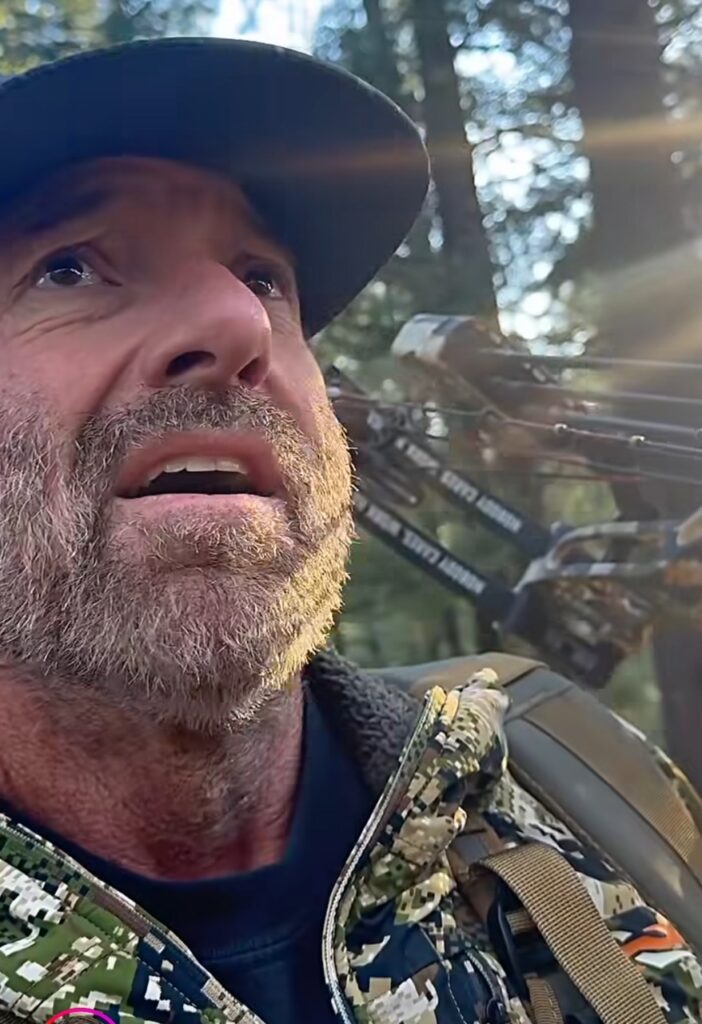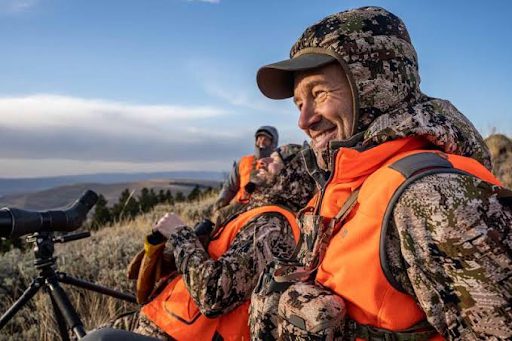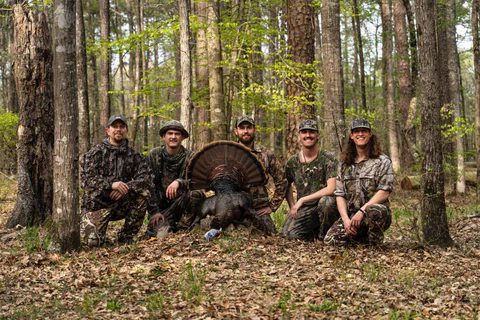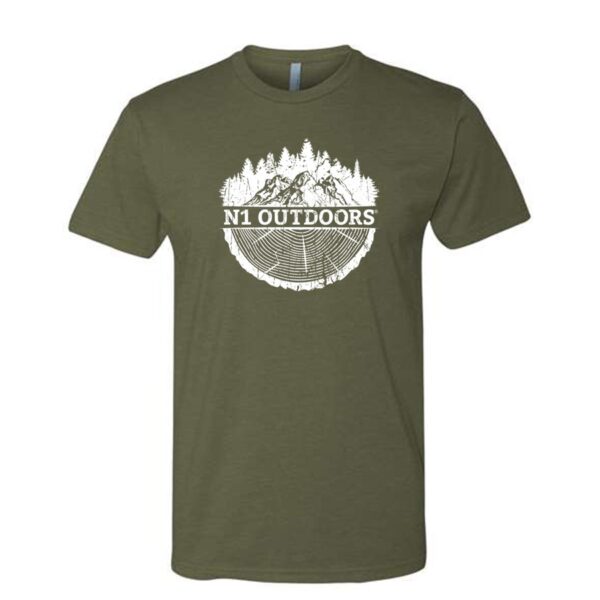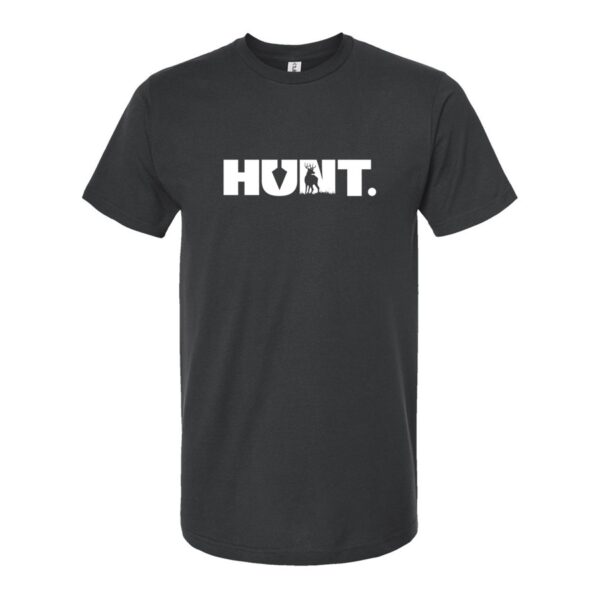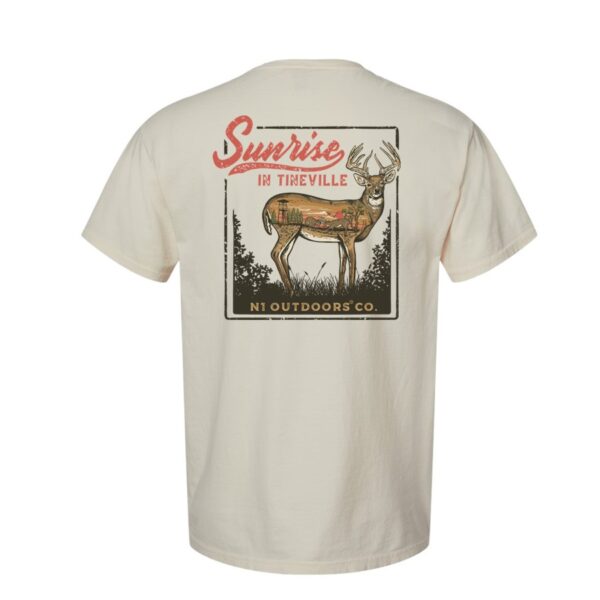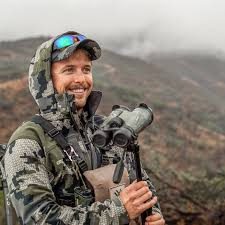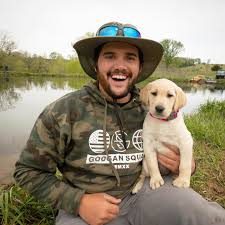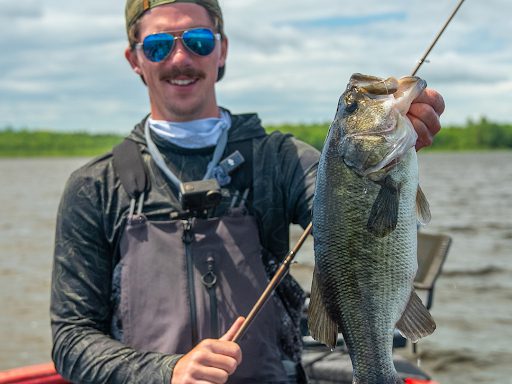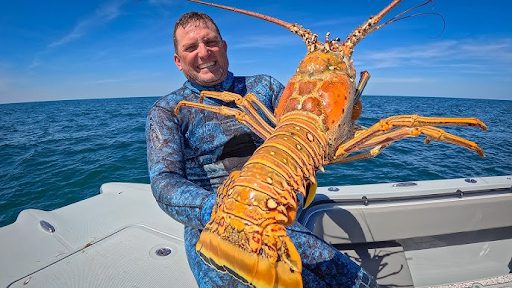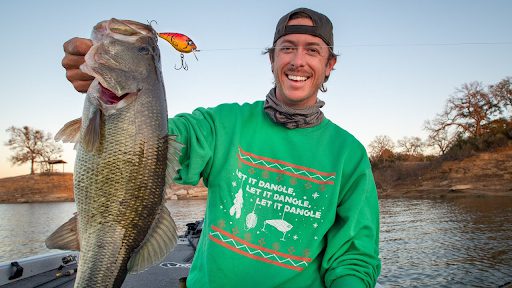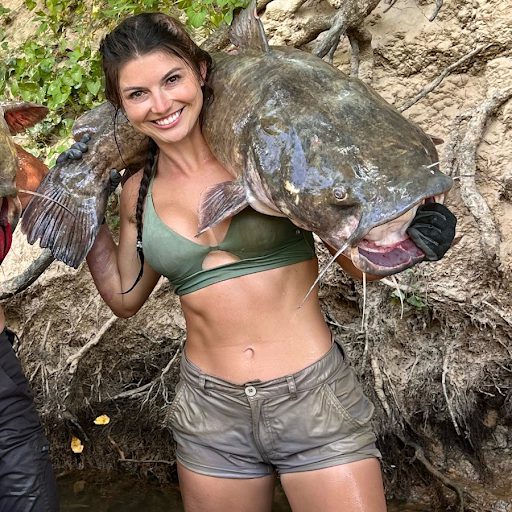A good camping trip doesn’t happen by accident. It’s the result of smart gear decisions, careful planning, and a healthy respect for Mother Nature when she is not in the best mood.
Whether you’re a weekend warrior, backcountry explorer, or a full-time car camper, understanding what to bring can be the difference between a frustrating experience and something of a transcendental adventure.
This guide includes everything from shelter and cooking gear to clothing and personal comfort items. We’ll also detail some innovative tools that have redefined how modern campers experience the outdoors.
Essential Camping Gear You Should Pack For Camping
1. Shelter and Sleeping Gear
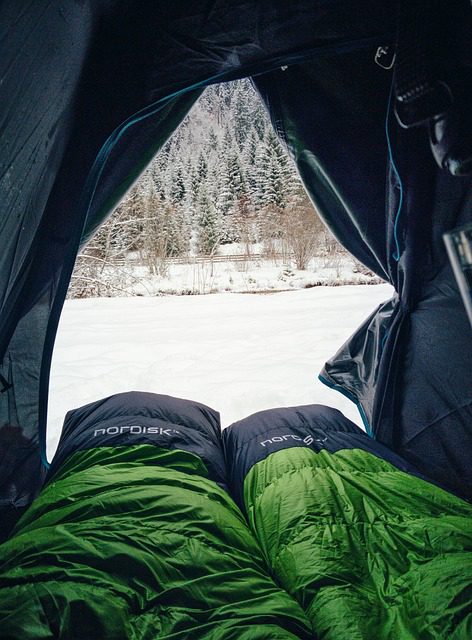
The priority on your list of things to pack will be the tent and sleeping items. A tent provides necessary protection, especially in less than ideal weather conditions. And don’t, forget a tough ground tarp to shield the tent floor.
A seasonally appropriate sleeping bag and a comfortable sleep pad are key to warmth and sleep. A compressible or inflatable pillow is a great comfort item to have on your trip to help you feel rested, especially if you’re doing long mileage days!
2. Cooking Equipment and Morning Comfort
With the right equipment, outdoor cooking doesn’t have to be difficult. A small camp cooker and a couple of canisters of compatible fuel, as well as a portable cooking set, will help get the job done.
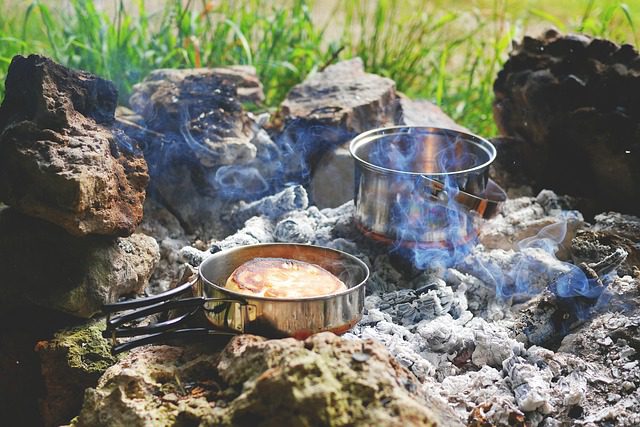
Having your cooking equipment and utensils organized, functional, and site-specific for the camping conditions you will be in makes meal preparation so much easier and safer.
Don’t forget to pack a knife and cutting board, not to mention cleaning materials such as a biodegradable soap and a sponge.
Coffee

Now, let’s talk about coffee. No matter how rugged the landscape or rustic the campsite, for many, a day doesn’t properly start until there is coffee in hand.
Imagine the scene… The first light of the morning is cold and silent on the river. The mist hangs over the water, and it sure would be nice to warm your hands on a cup of hot, delicious coffee.
However, brewing coffee in nature has traditionally been quite cumbersome. This has created ingenuity when it comes to making coffee in the outdoors.
The IKAPE portable coffee maker can make up to 10 shots per charge from cold water, and offers a rare degree of control via Bluetooth app. You can even tweak the temperature, pre-infusion, and shot time.
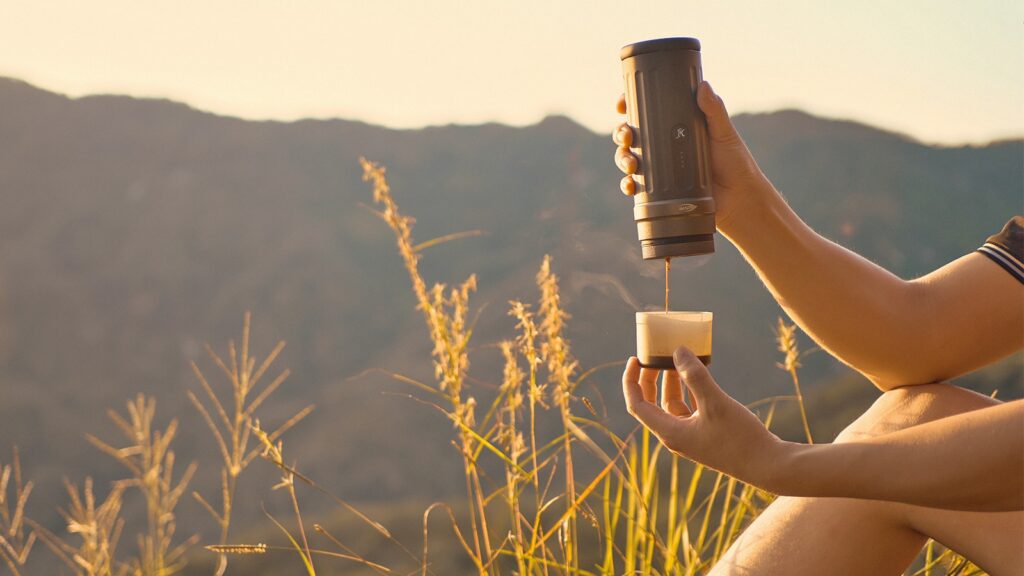
Unlike your typical camp coffee rig, the IKAPE K2 eliminates the independent steps of water heating and espresso extraction by combining them into one self-sufficient machine. It’s powered by a 13,500 mAh rechargeable battery that heats water to 200°F without stoves or a flame. It also features a 51 mm bottomless portafilter and filter, as well as a 20-bar pressure pump for making rich espresso with crema.
At 780 g, it’s small enough to fit in the side pocket of your backpack, but tough enough for use off-grid.
Ultralight backpackers may have trouble getting over its single-shot capacity, but for solo hunters and explorers and road trippers, and anyone who takes their coffee seriously on the trail, it’s a small but mighty piece of convenience and craftsmanship.
3. Water Storage and Filtration
If you are in the wilderness camping, water filtering is a must. If you’re gathering water out of a river or stream in the backcountry, be sure to carry a portable purifier or filter, and carry treatment pills as well.
Transport small in size so that it is easy to carry to the campsite, hiking areas, and bottles of emergency water in case of an emergency.
4. Weather-Ready Clothing and Footwear
Nature can be very unpredictable. So, be sure you take appropriate layers for the weather you may experience. A base layer, insulating mid-layer, and rain-proof shell will help you stay dry and warm.
Use merino wool, or a quick-drying synthetic; not cotton, which takes too long to dry, and does not insulate much when wet.
Additional socks, gloves, a hat, and heavy-weight boots will also be good to put on your pack list. Sandals or camp shoes are nice to relax in after having spent a long day hiking.
5. Lighting and Portable Power
Once the sun goes down, what will you light source be? You could hang a lantern from trees. If you want an electric light source, power banks are a must to keep your device charged up, along with solar panels or car chargers if you’re traveling for longer periods of time.
If you’re going to take gadgets on your camping trip, then USB-C devices are a good consideration, so that you can charge inside a car or using your laptop or solar panel.
6. Safety, Navigation, and First Aid
Even if you’re going to be exploring in an area you feel like you know like the back of your hand, never hit the trail without a map, compass, and GPS unit or app that works even if you’re offline.
Also, a first aid kit is a must-have and should contain adhesive strips, alcohol hand wipes/ antiseptic hand gel, blister care pack (if needed), and any medications.
7. Hygiene and Health Essentials
Health in general is enhanced by the sanitation of your camp. Make hand sanitizer a staple of your campsite.
Any toilet paper should be in a bag that is tightly closed. An oily lip balm should keep your lips from getting chapped by the wind and the sun (particularly when you are in a desert or at a high altitude).
8. Relaxation and Camp Comfort
Camping isn’t just all about hanging onto the side of a mountain for dear life; it’s also fun. Even though cooking your own food and setting up your campsite may feel like work, creature comforts are manna.
A low-to-the-ground lightweight portable camp chair or stool for sitting around the fire can be an underestimated luxury.
A hammock will also do wonders for your relaxation during the day.
Now Get Out There And Camp!
It is not just what you pack that counts for a great trip; how it can hold up in the wild is also important.
Whether it is a sound shelter and warm garments, a cup of hot espresso in the morning, whatever you put on your camping list can be added comfort and something to make your adventure more enjoyable.
So, don’t just survive your next camping trip… make it an enjoyable adventure!


